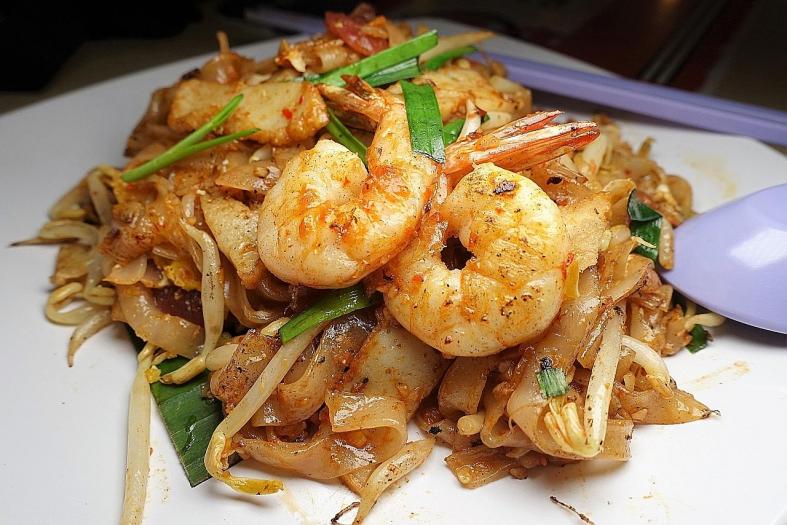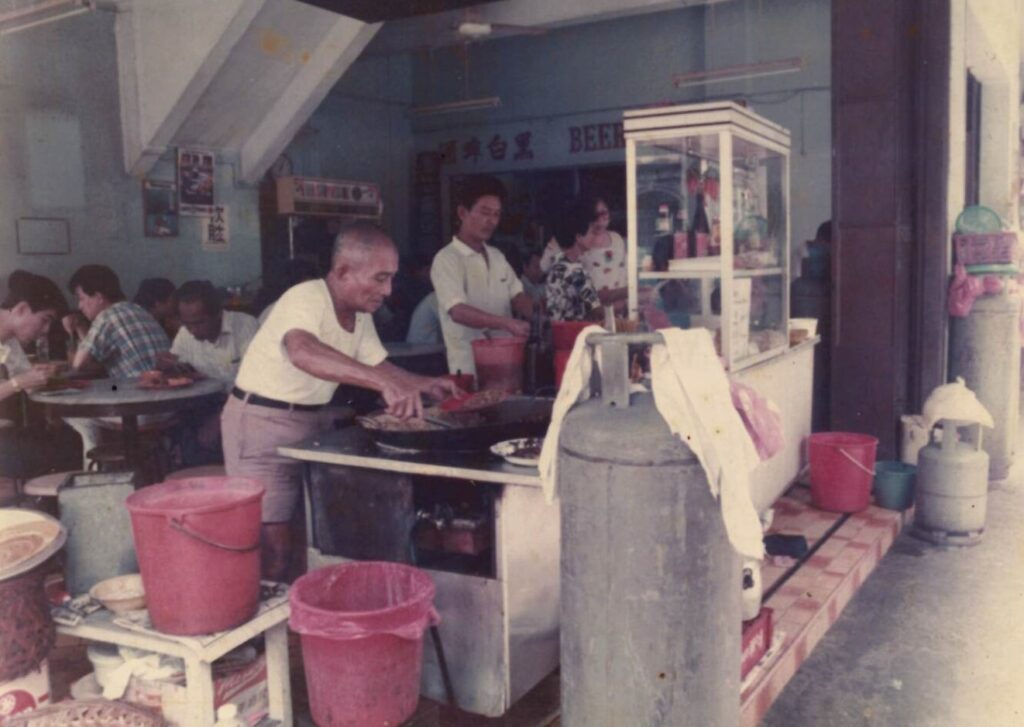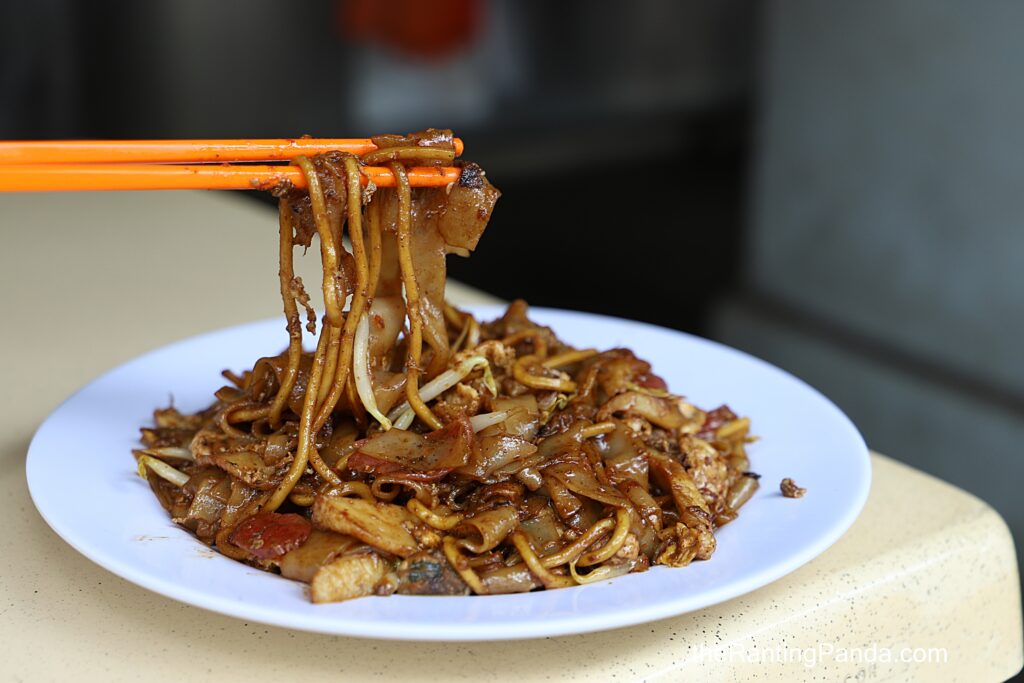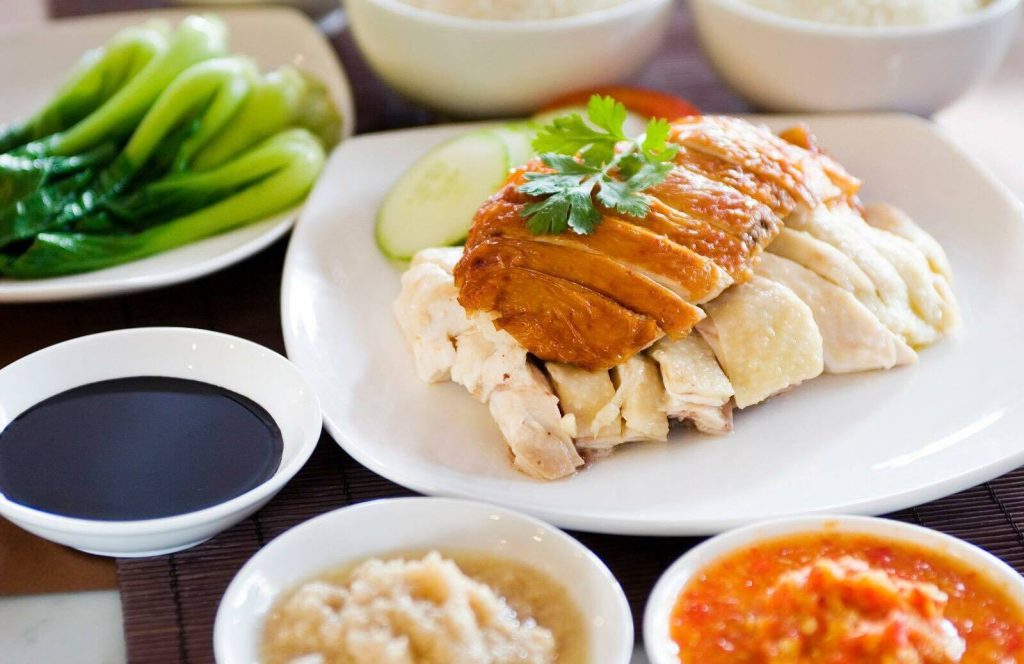Few dishes capture the essence of Southeast Asian culinary traditions as poignantly as Char Kway Teow. Often wafting its irresistible aroma through the bustling streets of Malaysia and Singapore, this stir-fried flat rice noodle dish has danced on the palates of many, from locals to tourists, for generations. While its savory blend of flavors beckons taste buds, the story behind Char Kway Teow is equally compelling.
In this article, we embark on a gastronomic voyage, retracing the footsteps of this iconic dish, as we uncover the intricate dance of ingredients and techniques that birthed Char Kway Teow, and celebrate its cherished place in the hearts of millions.
Origins of Char Kway Teow
The journey of Char Kway Teow, whose name translates to “stir-fried rice cake strips,” is believed to originate from Chaozhou in the Guangdong province in China. Chaozhou is known as the heartland of the Teochew people, a distinct subgroup of the Han Chinese.
The geographical intricacies of Malaysia and Singapore played a significant role in shaping Char Kway Teow’s development in Southeast Asia. Due to their strategic location, these regions became a hub for trade and migration. The influx of Chinese, particularly the Hokkien and Teochew communities, brought with them not only trade commodities but also their their unique culinary techniques and flavors.
Char Kway Teow is believed to have grown in popularity in the region, blending the Teochew cooking style with local ingredients available in the new lands they settled in. However, it’s essential to understand that Char Kway Teow wasn’t a grand dish reserved for festive occasions or elite dining. It began as a humble meal for the common man.
The Laborer’s Meal
Char Kway Teow, which has become an iconic representation of Southeast Asia’s food culture, began its journey as sustenance for the working class.
The earliest version of Char Kway Teow is made from flat rice noodles stir-fried in pork fat with a handful of simple ingredients like blood cockles and Chinese sausage. It provided a hearty and filling meal that was both economical and energy-packed.
Lard, which might be seen as a less healthy option today, was a cheap and plentiful source of calories, essential for laborers who expended significant energy in their daily tasks.
The dish’s high calorie and carbohydrate content was ideal for the hardworking laborers of the past. They required meals that were not only filling but would also provide them with the sustained energy they needed for their physically demanding jobs. The quick stir-frying method used for Char Kway Teow meant that it could be prepared swiftly, catering to the immediate hunger of the workers after a long day.

As the dish evolved, the incorporation of fresh seafood became a nod to the coastal abundance of areas like Penang and Singapore. Ingredients like prawn and fish cake were introduced, turning it from a simple meal to a flavorful delicacy.
The Hawker Phenomenon
The hawker culture in Southeast Asia, especially in countries like Malaysia and Singapore, is a vibrant tapestry of tastes, aromas, and experiences.
The popularity of Char Kway Teow as a hawker dish is deeply tied to its humble origins. As previously mentioned, this noodle dish began as an affordable, quick-to-prepare meal for laborers, making it perfect for street-side stalls.
These hawkers, armed with a wok and a few essential ingredients, would set up their stalls in strategic locations, especially near docks, industrial areas, or busy streets where working-class individuals needed an accessible and satisfying meal during their brief breaks.
Over time, as urban areas grew, the hawker phenomenon expanded. Open-air hawker centers, which were essentially congregations of various food stalls under one roof, became popular. Char Kway Teow, with its tantalizing aroma of stir-fried noodles and its reputation for being a hearty dish, became a staple in these centers.
The smoky flavor, achieved by expertly maneuvering the noodles on high flames – often termed “wok hei” or the “breath of the wok” – drew patrons in droves.

But what truly set Char Kway Teow apart in the hawker culture was its adaptability. Different hawkers introduced their own twists, experimenting with ingredients, sauces, and even the type of flame used for cooking. In Penang, the dish is cooked without dark soy sauce and often include other seafood like prawns. In Singapore, the Char Kway Teow is prepared with dark soy sauce, resulting a blacker and sweeter flavor.
Over time, several hawkers and chefs have innovated on the humble plate of Char Kway Teow, coming up with their own twists in an effort to revitalise the iconic dish.
Modern Interpretations and Gourmet Twists
As international cuisines meld and the boundaries of traditional recipes blur, Char Kway Teow, too, has undergone a metamorphosis. Its journey from the streets to gourmet restaurants is a testament to its versatility and history.
A passion for experimentation have drive modern chefs to introduce unconventional ingredients and techniques to Char Kway Teow.
Another significant twist is the conscious move towards healthier version. Given the increasing awareness on health and wellness some chefs and hawkers have reduced or replaced the traditionally rich lard content with healthier oils. There’s also a trend to include more vegetables, organic produce, or even offer gluten-free noodle alternatives.
However, amidst these modern interpretations, what remains unchanged is the soul of Char Kway Teow. Its essence, the smoky wok hei, and the perfect balance of flavors ensure that whether one is savoring a gourmet version in a five-star restaurant or the traditional rendition in a bustling hawker center, the experience remains authentic.
A Timeless Dish
Today, Char Kway Teow has evolved beyond just a dish. It stands as a cultural emblem, epitomizing the harmonious blend of Chinese, Malay, and Indian influences that Malaysia and Singapore proudly showcase.
While it has seen several adaptation and innovation over the past decades in an attempt to appeal to contemporary tastes and trends, its heart remains rooted in tradition.
Amidst all the evolution, the discussions still revolves about which stall or region offers the most authentic or best Char Kway Teow continues, underscoring its significance in the culinary and cultural landscape of Southeast Asia.

